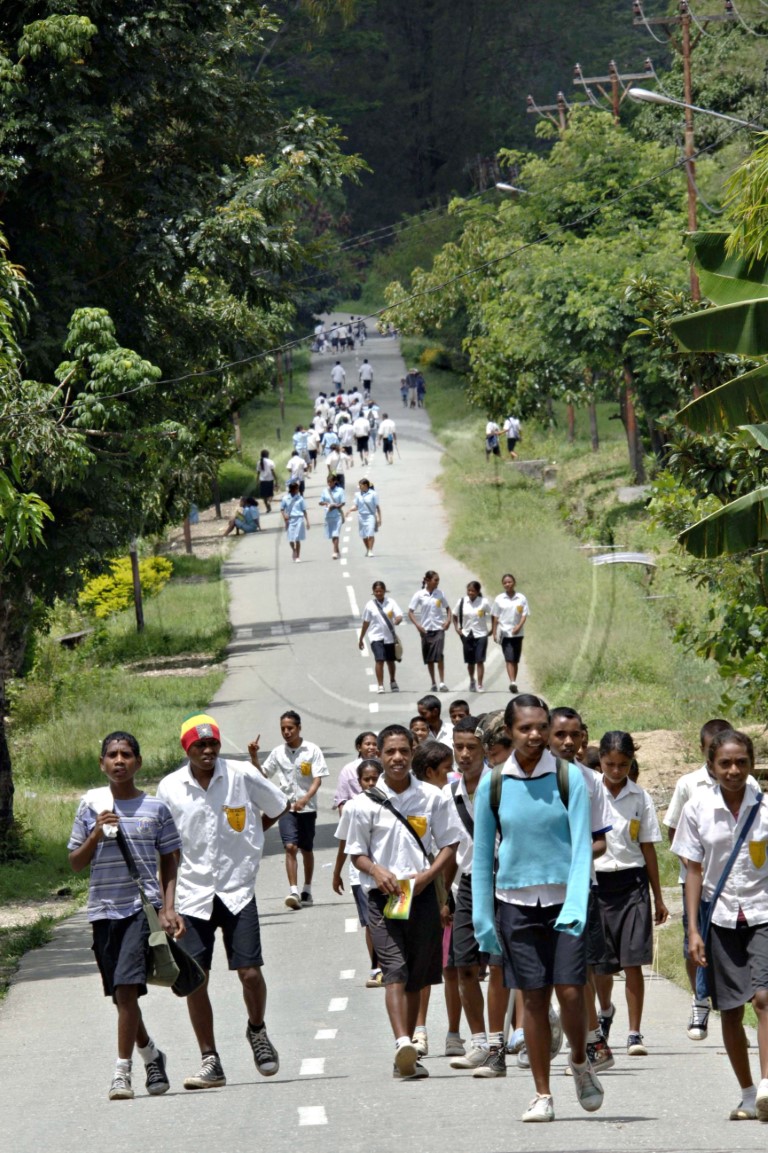Macroeconomics and poverty reduction

What are poverty Reduction Strategy Papers
Poverty Reduction Strategy Papers (PRSP) describe a country's macroeconomic, structural and social policies and programs to promote growth and reduce poverty, as well as associated external financing needs.
PRSPs are prepared by governments through a participatory process involving civil society and development partners.
How to reduce poverty
While the optimal national policy as well as aid modality should be country specific, cross-country studies as well as case studies may feed into policy formation and dialogue at the country level. While high growth over many years is a necessary condition for substantial poverty reduction in low-income countries, it is not always sufficient.
Poverty-reduction requires a pattern of growth that enhances the ability of the poor to contribute to and benefit from the growth process, so careful prioritization and sometimes targeting of political measures may be necessary.
Economic growth, differences in growth performances between countries and factors behind growth is a core area in theoretical and empirical economic research. The subject is closely interconnected to other issues. Macroeconomic stability and policy is one such issue, but growth and poverty reduction is mainly a result of complicated microeconomic processes.
Public sector reforms and capacity building as well as institutional development of the markets for goods and services, labour markets as well as financial markets, are all important parts in a program for growth and poverty reduction.
Basis for Norwegian development assistance
Knowledge from decades of development assistance has shown that the most effective way of reducing poverty is when aid is in line with and supports the recipient country's national policy. This principle is an important basis for Norwegian development assistance.
